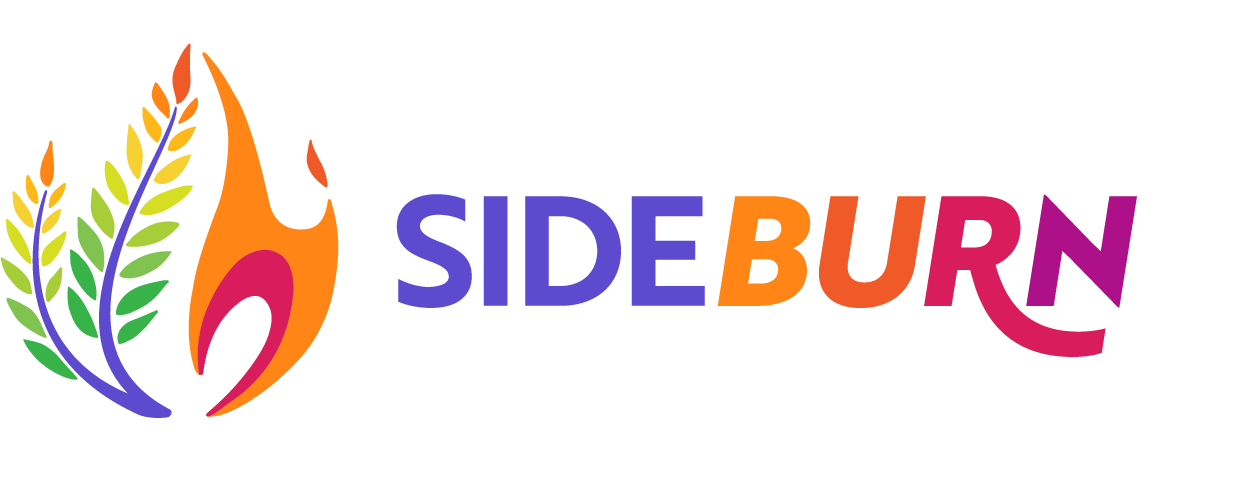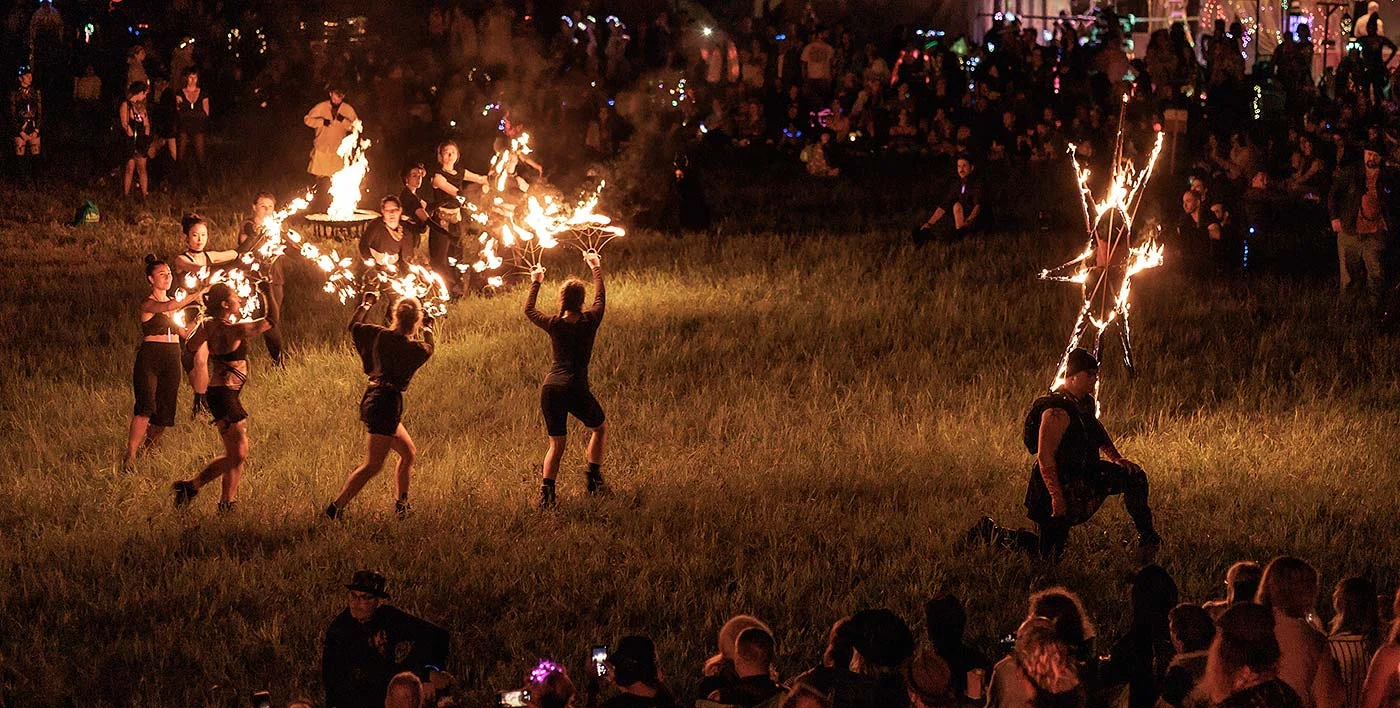Fire spinning is a thrilling art form, but safety comes first. All participants must follow essential guidelines, including equipment checks, proper fuel management, fire-resistant attire, and having a trained safety assistant. Adhering to these best practices ensures a safe and responsible experience for both performers and spectators.
Questions? Contact FAST at fast@sideburn.ca.
Safety First
- All participants must remain sober and act responsibly during fire spinning activities.
- Check your equipment. Before fire spinning, performers must check for loose hardware and damage to prevent props from breaking and potentially causing injuries.
- Confirm a fire safety. Every fire spinner must have a designated safety assistant present. This individual should be thoroughly trained in extinguishing props using flame-resistant materials such as duvetyn or a dampened towel. Additionally, the fire safety assistant provides critical situational awareness to manage unforeseen hazards. Both the spinner and safety assistant must remain sober and coherent at all times.
- Check your attire. Ideally, you’ll be fire spinning in natural or fire resistant clothing. Cotton, denim, leather, suede and Nomex work really well. If the clothing melts, as synthetics do, it is not a safe fabric. If you touch the flames of your prop against it, the fabric may burn and melt onto your skin. This is more dangerous (and more painful!).
Fuel Management
While the community may use a variety of fuels, powders, and additives, the following rules must be observed:
- Fuel should be kept in the original container or other fuel safe containers that are clearly marked as containing fuel. Water bottles or other containers that might lead to the accidental ingestion of fuels should not be used.
- Keep your fuel out of direct sunlight and away from any open flames, burn barrels and other sources of ignition.
- Do not spin or shake off excess fuel on the ground or leave flames burning on the ground; use a spin off bucket or zip-lock baggies to catch your excess fuel. That means burning off those fuel trails on the ground is a no-no.
- Adhere to all basic safety practices outlined by the original fuel containers recommendations.
- Have Material Safety Data Sheets (MSDS) available for all fuel types being used.
Environmental Considerations
- Performances must not occur near flammable areas such as tents, dry vegetation, or other hazardous locations. Respect boundaries set by camps and campers.
- All activities must comply with local regulations, including fire bans and municipal fire codes, and must demonstrate respect for the environment.
Fire Safety Training
At Sideburn, fire spinner safety training will be scheduled to support making fire spinning accessible for everyone interested. Details and updates will be provided as the event weekend approaches.

